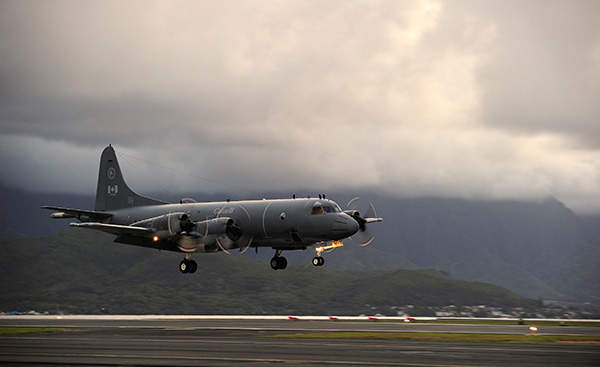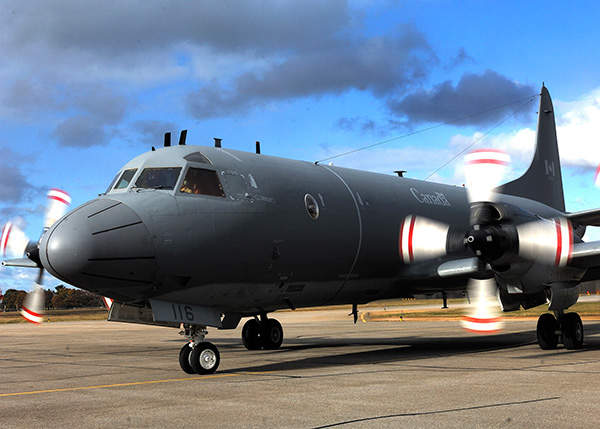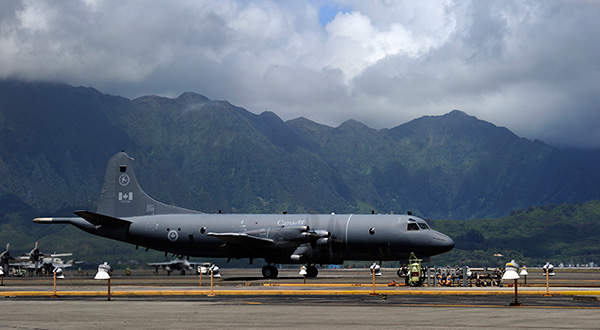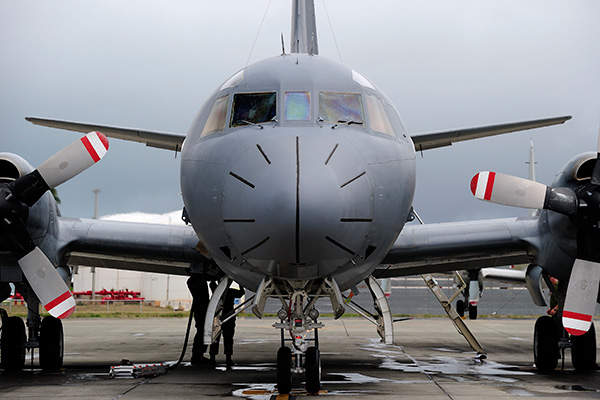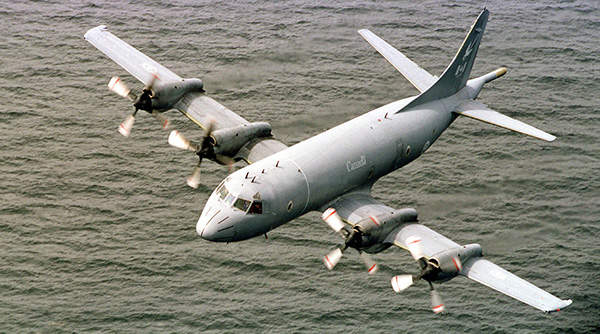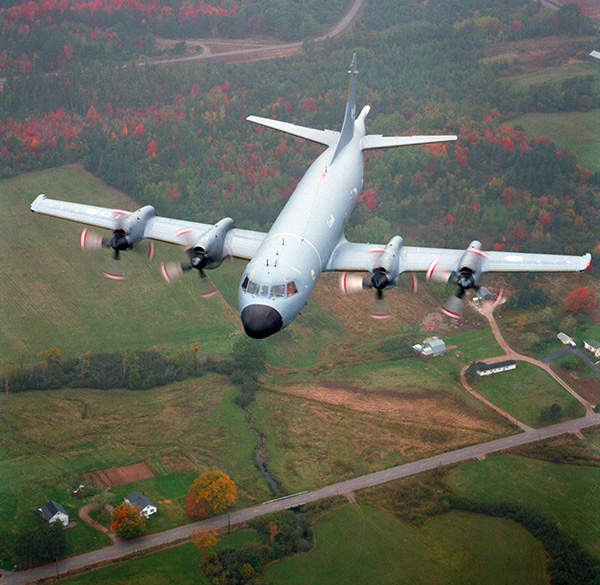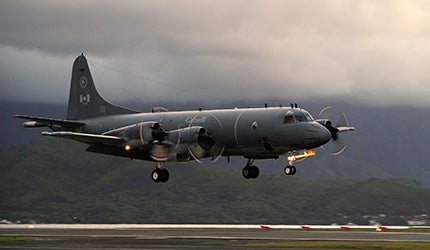
The CP-140 Aurora is the only strategic maritime surveillance aircraft in service with the Royal Canadian Air Force (RCAF). Primarily intended for anti-submarine warfare (ASW) missions, the aircraft can be used to conduct maritime surveillance, and search and rescue operations. It can also be deployed to detect drug trafficking, illegal fishing, immigration and pollution along the coastline.
The Aurora fleet is operated by the 405 and 407 Maritime Patrol Squadrons of the RCAF. The aircraft also supports the Canada Command, Canada Expeditionary Forces Command, Canadian Special Operations Forces Command, the Royal Canadian Mounted Police, and other federal government agencies.
The CP-140 aircraft were deployed in Operation Apollo in the Persian Gulf between late 2001 and mid-2003. The aircraft performed maritime patrol missions in the Libyan waters under Operation Odyssey Dawn and Operation Unified Protector. The CP-140 fleet performed 500 air patrol exercises as part of Canada’s role in the international effort against terrorism.
CP-140 Aurora development
The CP-140 Aurora emerged as a winner in the Canadian Long-Range Patrol Aircraft competition in 1976, with he first aircraft acquired by the RCAF in 1980 to replace the CP-107 Argus. The production CP-140 was closed in 1991 for commencing the production of the P-3 Orion. The three surplus airframes were delivered to Canada without anti-submarine equipment – these aircraft were designated as the CP-140A Arcturus and used for non-ASW roles.
In November 2008, Lockheed Martin was awarded a $156m contract by the Department of National Defence to execute the P-3 Aircraft Service Life Extension Programme (ASLEP) for the CP-140 fleet of the RCAF. Under the contract, ten CP-140 Aurora aircraft were equipped with new outer wings, centre wing lower surfaces, horizontal stabilisers and associated components. The Life Extension Kits will extend the service life of the aircraft by additional 20 to 25 years.
CP-140 Aurora design features
Related project
.CF-18 Hornet Multi-Role Fighter Aircraft, Canada
The Boeing CF-18 Hornet (military designation: CF-188) is a multi-role combat aircraft designed and manufactured by McDonnell Douglas which is currently part of Boeing Integrated and Defence System (BIDS), US.
The CP-140 Aurora is the Canadian version of the P-3 Orion maritime patrol aircraft, in service with the US Navy. Based on the P-3C Orion airframe, the CP-140 incorporates avionics of the carrier-based S-3A Viking aircraft.
The CP-140 Aurora is designed to detect and destroy new-generation stealth submarines. It can also perform search and rescue (SAR) missions using its air-droppable survival pods. The long-range and high-endurance of the aircraft make it ideal for wide variety of operations.
The aircraft has a length of 35.61m, wingspan of 30.37m and a height of 10.30m. The maximum gross weight of the aircraft is 64,410kg. The CP-140 accommodates two pilots, one flight engineer, four navigators and three airborne electronic sensor operators. The crew size varies, pending on the mission.
Avionics
The CP-140 Aurora integrates a mission avionics suite derived from the S-3A Viking aircraft. It is equipped with Wescam MX-20 Electro-Optical/Infrared (EO/IR) system, magnetic anomaly detector, Applanix DSS-439 digital mapping camera, hand-held camera, Airborne Imaging Radar Systems (AIRS) and gyro-stabilized binoculars. Other equipment and systems include an Electronic Support Measures (ESM) system and sonobuoys.
The mission avionics systems of CP-140 Aurora are currently being upgraded under the Aurora Incremental Modernisation Project (AIMP). The work under the programme includes the installation of a new navigation and communication systems, mission computer and sensors.
Weapon systems
The CP-140 Aurora is armed with Mk 46 Mod V torpedoes. The Mk 46 can strike high-performance submarines within the range of 11km. The torpedo can carry a PBXN-103 high explosive warhead. The aircraft can be retrofitted with air-to-surface rockets or conventional bombs. The CP-140 also carries signal chargers, smoke markers and illumination flares.
Engines and performance
The CP-140 Aurora is powered by four Allison T-56-A-14-LFE turboprop engines. Each engine delivering a rated power of 4,600shp provides a maximum speed of 750km/h and a range of 9,266km.
The aircraft can fly at a maximum altitude of 10,668m. It has a cruising speed of 648km/h and an endurance of 17 hours.
The Global Military Aircraft Market 2011-2021
This project forms part of our recent analysis and forecasts of the global military aircraft market available from our business information platform Strategic Defence Intelligence. For more information click here or contact us: EMEA: +44 20 7936 6783; Americas: +1 415 439 4914; Asia Pacific: +61 2 9947 9709 or via email.

